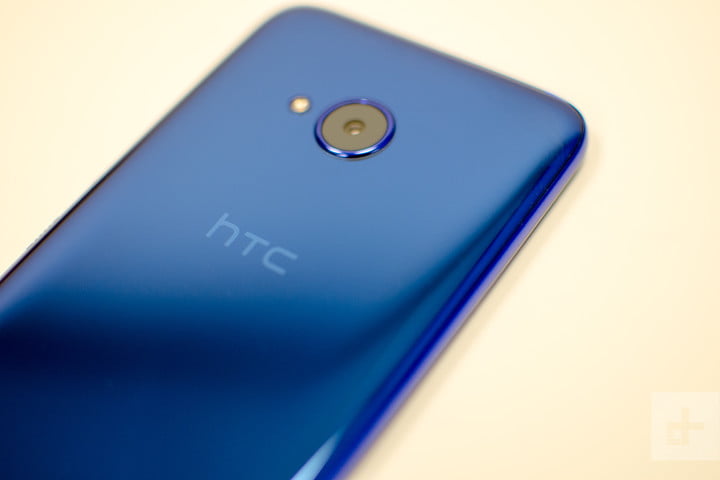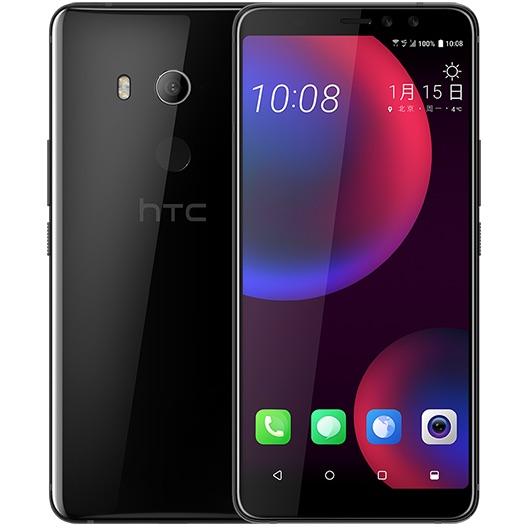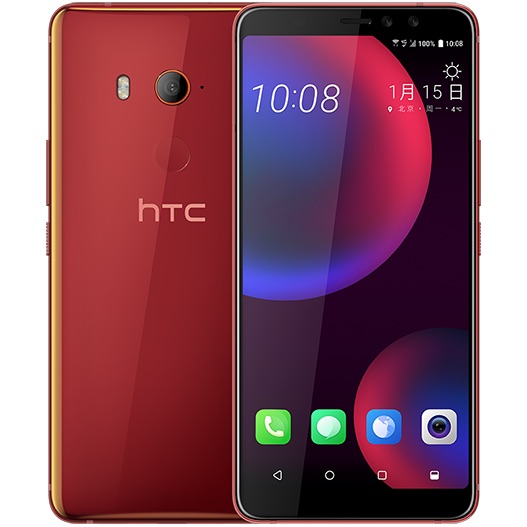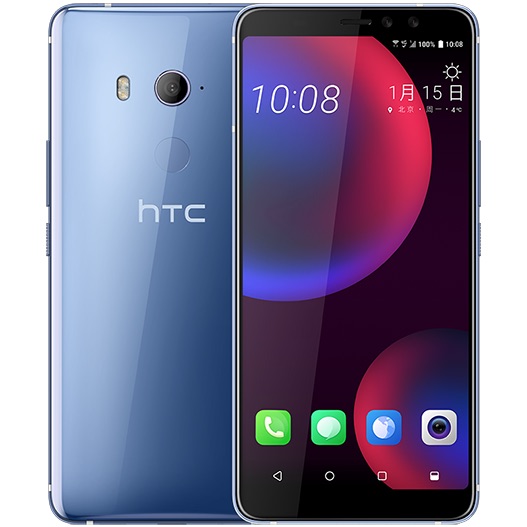
Here’s everything we know about the HTC U11 Eyes.
Design
The HTC U11 Eyes reportedly features a 6-inch screen with 1,080 x 2,160 Super LCD3 display. With photos by way of Blass, it comes in three different color variants — black, silver, and red. To the far right of the device are two front-facing cameras that resemble a pair of “eyes” — which is most likely why the device has its name. On the back, you’ll find a single camera with dual-LED and dual-tone flash. Right below it is a rear-mounted fingerprint scanner and on the bottom is a USB-type C port for fast charging.
HTC released a device back in 2014 under the “Eye” brand as well, known as the Desire Eye. While it’s clearly far more dated, it’s easy to see a resemblance between the two. This time around, the U11 Eyes looks to be made out of metal and glass with rounded corners and thin bezels. It will also include Edge Sense — featured on its predecessors as well — which allows you to squeeze the bottom edges of the device to perform different shortcuts.
Specs
Under the hood, the HTC U11 could include a Snapdragon 652 octa-core processor along with a 3,930mAh battery. In terms of storage, there will be 4GB of RAM and expandable storage of up to 64GB via a MicroSD card. It also has an IP67 certification when it comes to water and dust resistance. Some users may be disappointed to know that it will run Android Nougat instead of Oreo.
Price and availability
The U11 Eyes is expected to launch on January 15 and will reportedly be priced at $510. That date is also the same one listed on the official invitation for HTC’s upcoming press event in China — which included the keyword “Eye” — first spotted by PlayfulDroid.




